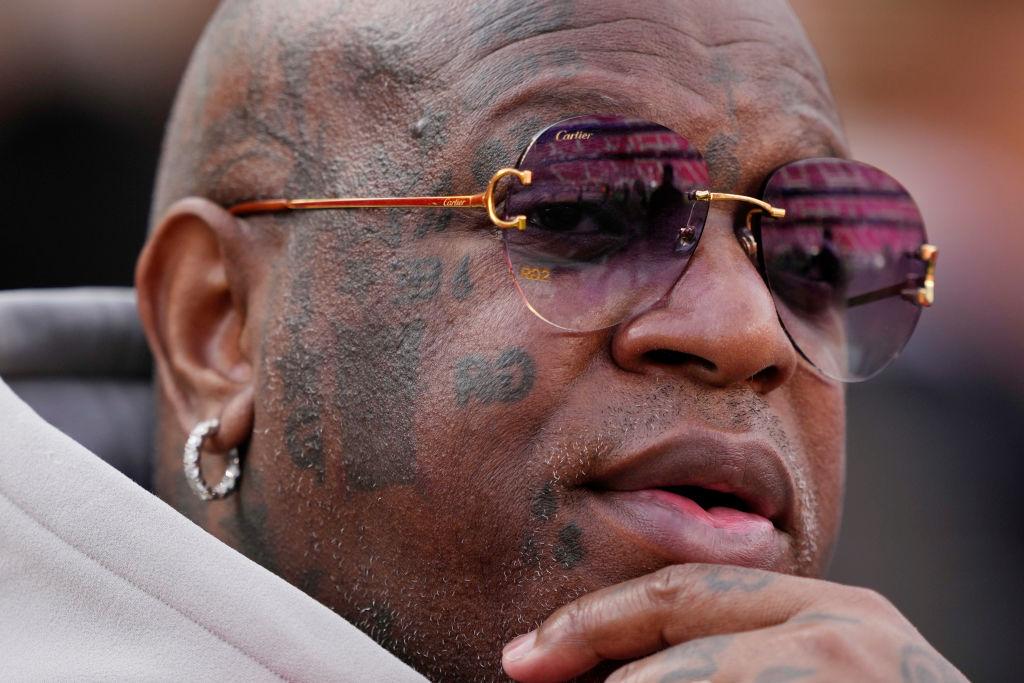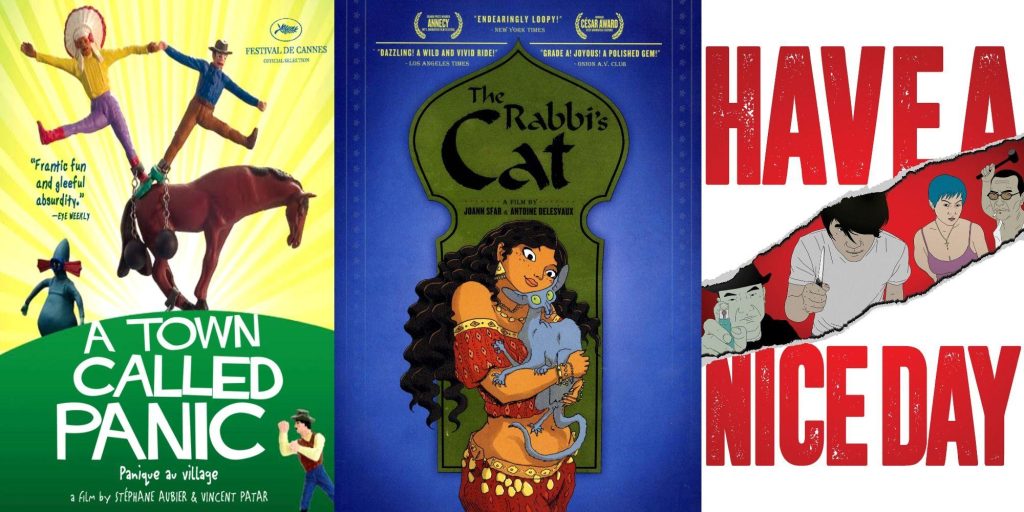In the pantheon of cinematic achievements, few accolades carry as much weight as the Academy Award for Best Picture. Alejandro González Iñárritu‘s “Birdman or (The Unexpected Virtue of Ignorance)” soared to this zenith in 2015, capturing the industry’s highest honor amid a field of formidable contenders. Yet, as with any artistic recognition, its victory invites scrutiny and debate. This article delves into the merits and controversies surrounding “Birdman’s” Best Picture win, examining whether its innovative storytelling, technical prowess, and thematic resonance truly justify its place atop the Oscar pedestal. By dissecting critical perspectives and audience reactions, we aim to illuminate whether “Birdman” rightfully earned its wings or if its triumph was merely an ephemeral flight of fancy in the ever-evolving landscape of cinema.
Critical Analysis of Birdmans Cinematic Techniques
The film Birdman is renowned for its groundbreaking use of cinematic techniques, which play a pivotal role in its storytelling and thematic exploration. One of the most discussed aspects is its seamless single-take illusion. This technique not only immerses the audience in the continuous, chaotic world of the protagonist, Riggan Thomson, but also mirrors his descent into madness and desperation. The lack of visible cuts creates a sense of relentless pressure and immediacy, allowing viewers to experience the protagonist’s internal and external conflicts in real-time.
- Long Takes and Continuous Shots: These elements contribute to the film’s unique pacing and tension, creating a feeling of claustrophobia and urgency.
- Diegetic Sound Design: The strategic use of drum-heavy scores blurs the line between reality and imagination, echoing Riggan’s mental state.
- Metafictional Elements: The film’s self-referential nature, coupled with its innovative techniques, challenges traditional narrative forms, encouraging viewers to question the nature of art and fame.
Moreover, the film’s use of lighting and color subtly enhances its thematic depth. The stark contrasts and muted tones reflect the protagonist’s internal struggles, while the shifting hues symbolize his fluctuating grasp on reality. By intertwining these visual techniques with the narrative, Birdman crafts a complex and immersive cinematic experience, one that arguably justifies its acclaim and recognition in the realm of contemporary filmmaking.

Exploring the Narrative Depth and Themes of Birdman
At its core, Birdman delves into the intricate dance between reality and illusion, blurring the lines with a masterful narrative that challenges both its characters and audience. The film’s protagonist, Riggan Thomson, portrayed by Michael Keaton, grapples with the dichotomy of his fading stardom and his yearning for artistic legitimacy. This struggle is not merely personal but reflects a broader commentary on the transient nature of fame and the quest for meaning beyond the superficial. Through its innovative single-take cinematography, the film immerses viewers in a continuous stream of consciousness, enhancing the sense of urgency and internal chaos that defines Riggan’s world.
The thematic elements explored in Birdman are rich and multifaceted, touching upon various aspects of human experience and societal critique:
- Identity and Self-Perception: Riggan’s battle with his alter ego, the Birdman, symbolizes the tension between his past success and his current existential crisis.
- The Nature of Art: The film poses critical questions about the value of art, contrasting commercial success with artistic integrity.
- Reality vs. Illusion: The blurred boundaries between Riggan’s reality and his hallucinations challenge viewers to ponder the nature of truth and perception.
- Critique of Modern Celebrity Culture: Through satirical elements, the narrative critiques the obsession with social media and the fleeting nature of fame.
These layers of narrative depth and thematic exploration are what elevate Birdman beyond a mere cinematic experience, cementing its place as a deserving contender for the Best Picture accolade.

Evaluating the Cultural Impact and Legacy of Birdman
The film Birdman resonated with audiences and critics alike, not just for its innovative technical achievements but also for its bold exploration of the human psyche. It offered a critical commentary on the nature of fame, art, and personal redemption, which sparked discussions beyond the cinematic world. This cultural discourse was fueled by its unique narrative style, marked by the illusion of a continuous shot and the interplay between reality and fantasy. Such elements not only enhanced the storytelling but also engaged viewers in a conversation about the boundaries of traditional filmmaking.
Key cultural impacts include:
- Reinvention of the Actor’s Image: The film challenged the audience’s perception of actors, particularly through Michael Keaton’s portrayal of a washed-up superhero star seeking artistic legitimacy.
- Meta-commentary on the Entertainment Industry: It offered a self-reflective critique of Hollywood, questioning the value of commercial success versus artistic integrity.
- Influence on Filmmaking Techniques: The one-shot illusion inspired filmmakers to explore continuous shot techniques, pushing the boundaries of visual storytelling.
These elements have ensured that Birdman remains a significant point of reference in discussions about contemporary cinema, making its Best Picture win not just a recognition of its artistic merit, but also its enduring cultural influence.

Recommendations for Future Oscar Considerations Based on Birdmans Win
- Embrace Innovative Storytelling: “Birdman” demonstrated that unconventional narratives can resonate powerfully with audiences and critics alike. Future Oscar contenders should consider pushing the boundaries of traditional storytelling, exploring nonlinear narratives or breaking the fourth wall to engage viewers in fresh and thought-provoking ways.
- Highlight Technical Excellence: The film’s continuous shot technique was not just a visual marvel but also a testament to meticulous planning and execution. Future films vying for Best Picture might benefit from focusing on unique technical achievements that serve the story, whether through groundbreaking cinematography, innovative sound design, or seamless visual effects.
- Character Depth and Complexity: The multi-layered characters in “Birdman” were pivotal to its success. Future Oscar hopefuls should aim to craft complex, flawed, and relatable characters that offer actors the opportunity to deliver compelling performances, creating a deeper emotional connection with the audience.
- Balance of Art and Accessibility: “Birdman” struck a chord by balancing artistic ambition with accessibility. Future films should strive to maintain this equilibrium, offering audiences both intellectual stimulation and emotional engagement without alienating viewers with overly abstract concepts.
- Collaborative Vision: The film’s success was a testament to the synergy between director, cast, and crew. Aspiring Best Picture winners should foster a collaborative environment where creative visions are shared and enhanced, ensuring that every element of the film contributes cohesively to the overall narrative.









